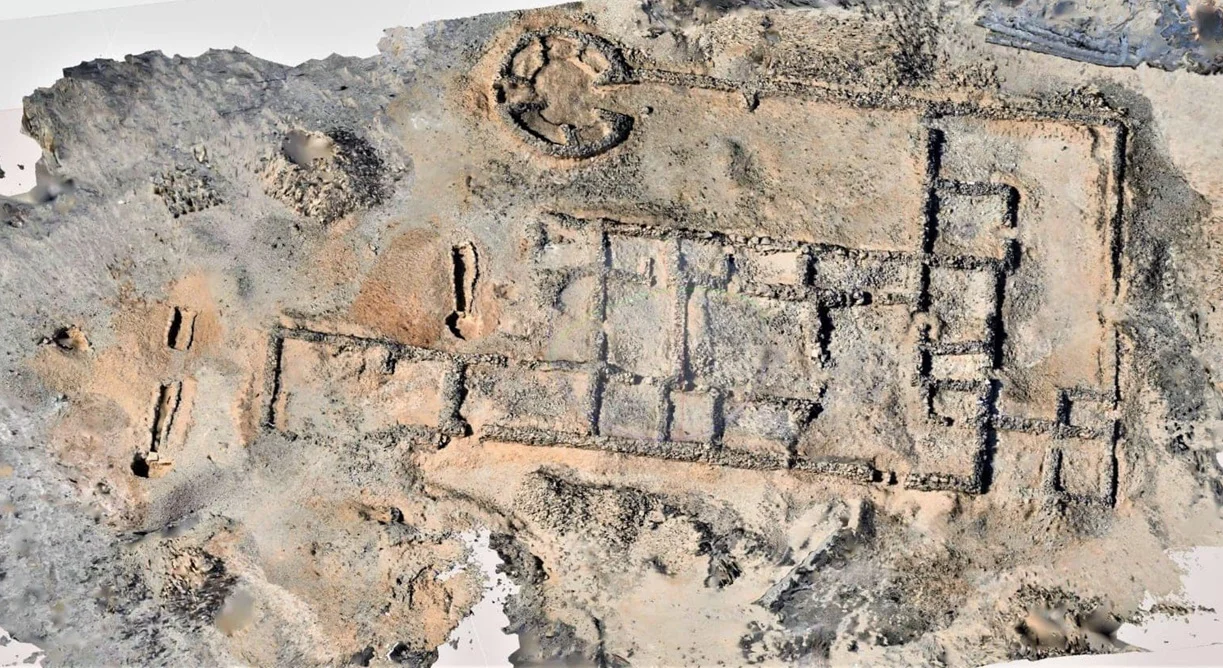
3,000-Year-Old Gold City Discovered in Egypt: Unveiling Ancient Mining Techniques
In Gebel Sukari, located on Egypt’s Red Sea coast, archaeologists from the Supreme Council of Antiquities (SCA) have unearthed the remnants of a massive 3,000-year-old gold processing complex. This meticulous two-year project is shedding light on the secrets of this ancient mining center, revealing valuable insights into Ancient Egypt’s source of wealth. Sukari Gold Mine

2300-year-old rock tomb on display inside a supermarket in Turkey
In Bodrum, a major tourist center in Turkey, a 2300-year-old rock tomb lies hidden among shopping shelves. Dating back to the 3rd century BC, the rock tomb’s display inside a supermarket both creates astonishment and fuels controversy. This extraordinary situation, nicknamed the “Museum Market,” once again brings the sensitivity of protecting historical heritage to the
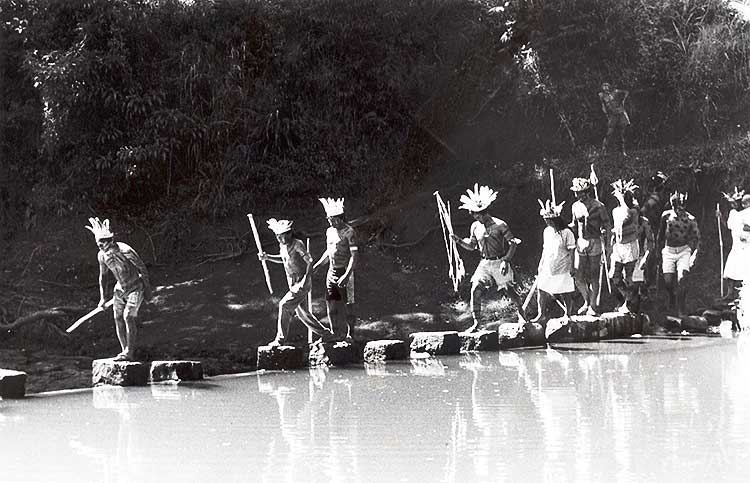
New Study Sheds Light on the Mysterious Burial Practices of the Southern Jê in Brazil
A recent study published in the Journal of Anthropological Archaeology delves into the fascinating burial practices of the Southern Jê people in Brazil, revealing a complex relationship between their use of caves and monumental mounds for interring their dead. This research provides valuable insights into the spatial, chronological, and symbolic dimensions of Southern Jê mortuary
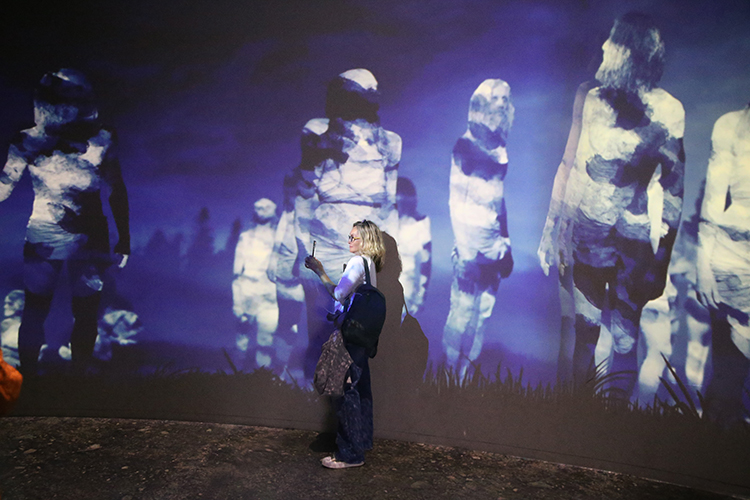
Journey 12,000 Years Back: Göbekli Tepe’s Neolithic World Revived Through Animation
Embark on an extraordinary journey through time to witness the 12,000-year-old history of Göbekli Tepe. This unique experience, brought to life through captivating animation, offers visitors an unforgettable glimpse into the enigmatic world of the Neolithic era. Göbekli Tepe, located near Örencik village in the Haliliye district of Şanlıurfa, southeastern Turkey, stands as the oldest
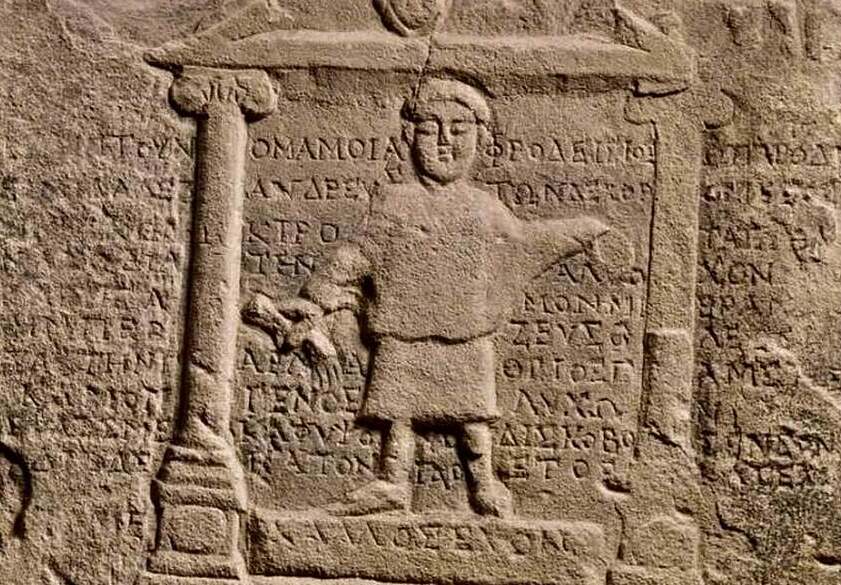
1800-Year-Old Scandalous Love in Ancient Troas: Tombstone Reveals Murder
Another tale has been added to the legendary love stories of Anatolia. An 1800-year-old tombstone, discovered in the ancient city of Alexandria Troas in the Ezine district of Çanakkale, sheds light on a scandalous love affair and murder from the Ancient Roman period. This tombstone adds a dark chapter to Anatolia’s romantic history, which ranges
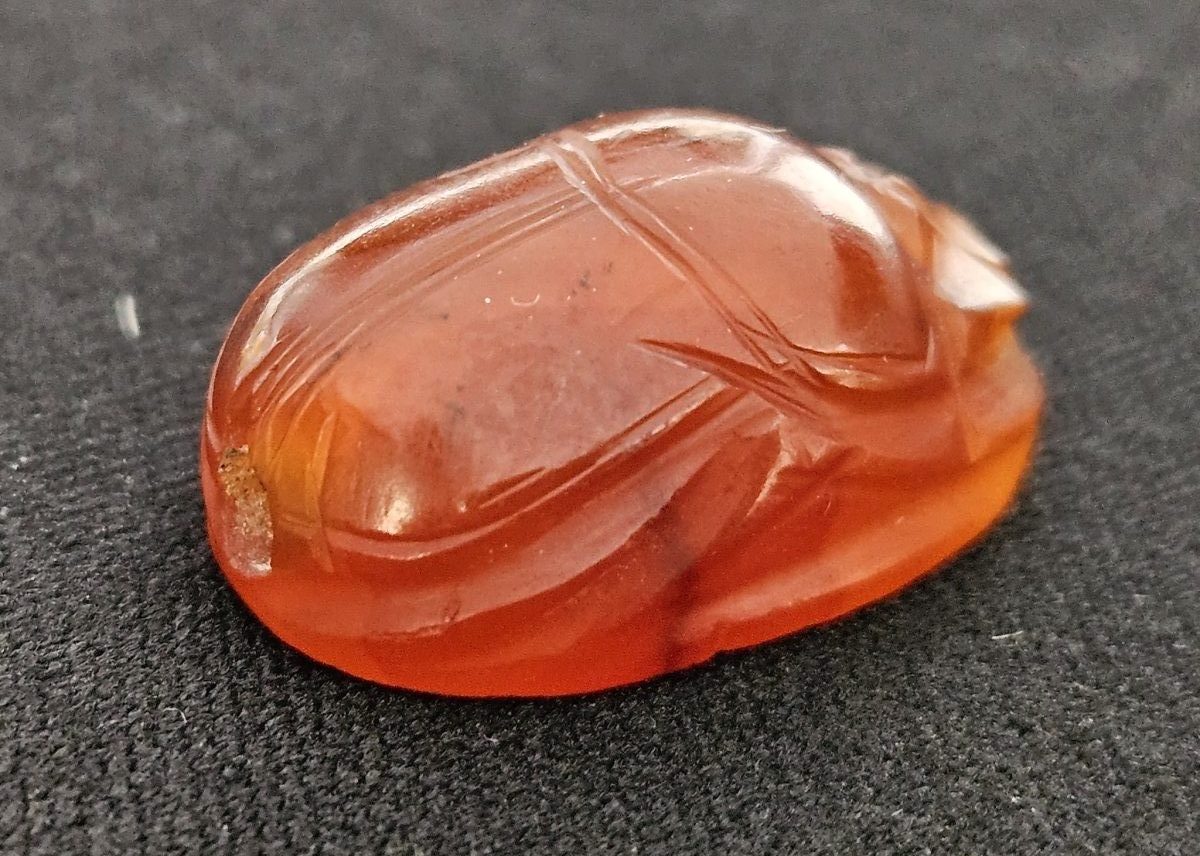
Rare 2,800-Year-Old Assyrian Scarab Seal Discovered in Israel’s Tabor Nature Reserve
A nature enthusiast recently made a remarkable discovery in the Tabor Nature Reserve, located in Lower Galilee, Northern Israel. Erez Abrahamov, a 45-year-old from Paduel, uncovered a rare scarab seal dating back to the First Temple period, believed to have been used by an Assyrian official. The seal was found near Tel Rekhesh, in connection
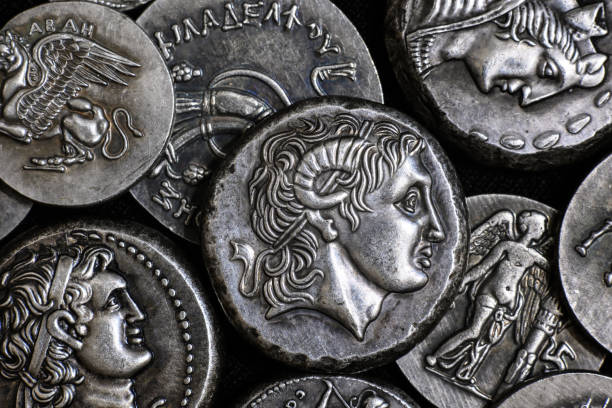
Archaeologists Find Evidence That Money Increased Environmental Pollution in Ancient Greece
Greek and German archaeologists have revealed compelling evidence that the rise of currency in Ancient Greece contributed to increased environmental pollution. This finding underscores the complex relationship between economic development and ecological impact throughout history. Lead, a byproduct of human activity, first appeared in archaeological records around 5,000 years ago, coinciding with the smelting and
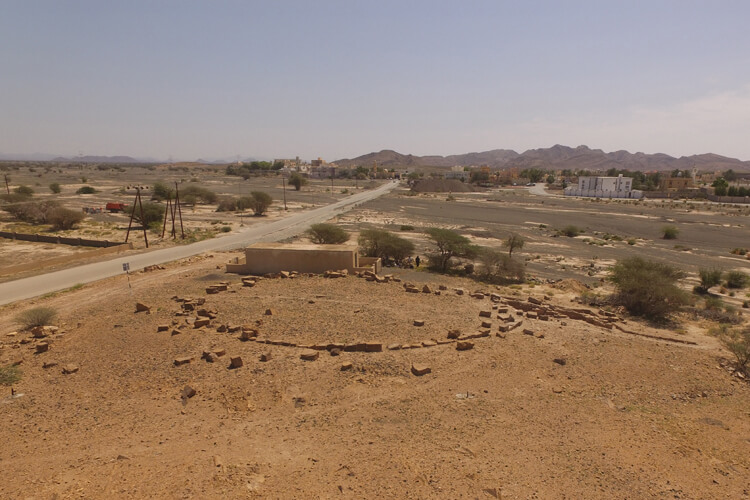
5,000-Year-Old Secrets Unveiled: Oman’s Bronze Age Towers Were More Than Just Watchtowers!
The nearly 5,000-year-old Bronze Age towers scattered across the arid landscapes of Oman have long been shrouded in mystery. Initially perceived as simple watchtowers or defensive structures, these enigmatic remnants of the past are now telling a vastly different story, thanks to the meticulous research of German scholar Prof. Stephanie Dopper. Oman’s Bronze Age Towers:
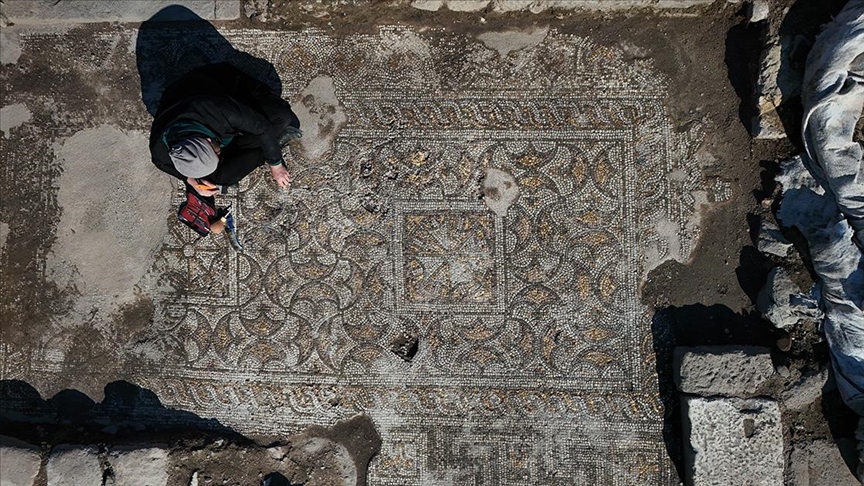
The Mosaic House in the ancient city of Pergamon is being uncovered
Located in Izmir, Turkey, the “Mosaic House” complex from the Roman period in the ancient city of Pergamon is being uncovered through excavation work conducted under the “Heritage for the Future Project” by the Ministry of Culture and Tourism. Led by Prof. Dr. Yusuf Sezgin, the head of the Archaeology Department at Manisa Celal Bayar
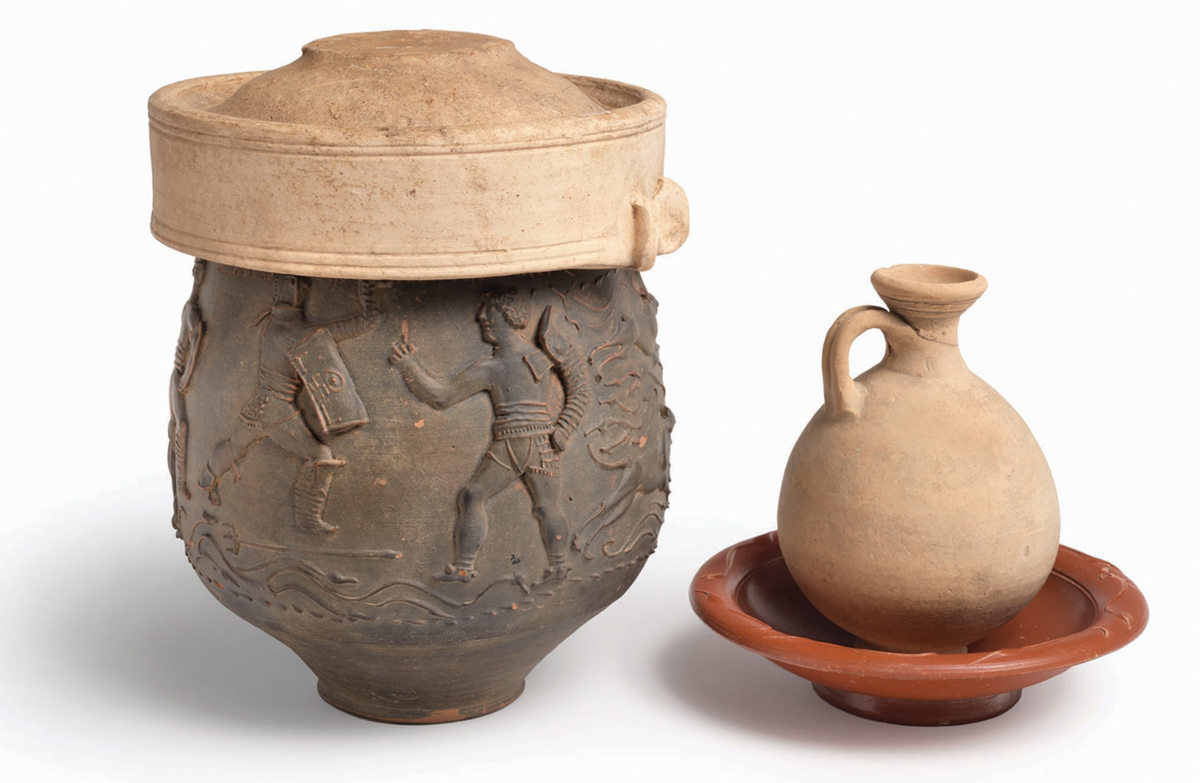
The Colchester Vase Confirms the Existence of Gladiatorial Combat in Roman Britain
The Colchester Vase, dating from 160 to 200 AD, is a unique artifact that provides striking evidence of the existence of gladiatorial games in Camulodunum (modern-day Colchester), Roman Britain. Recent research has revealed that this ceramic piece is not merely a decorative object but a commissioned work documenting a local gladiatorial event. The remarkable inscriptions